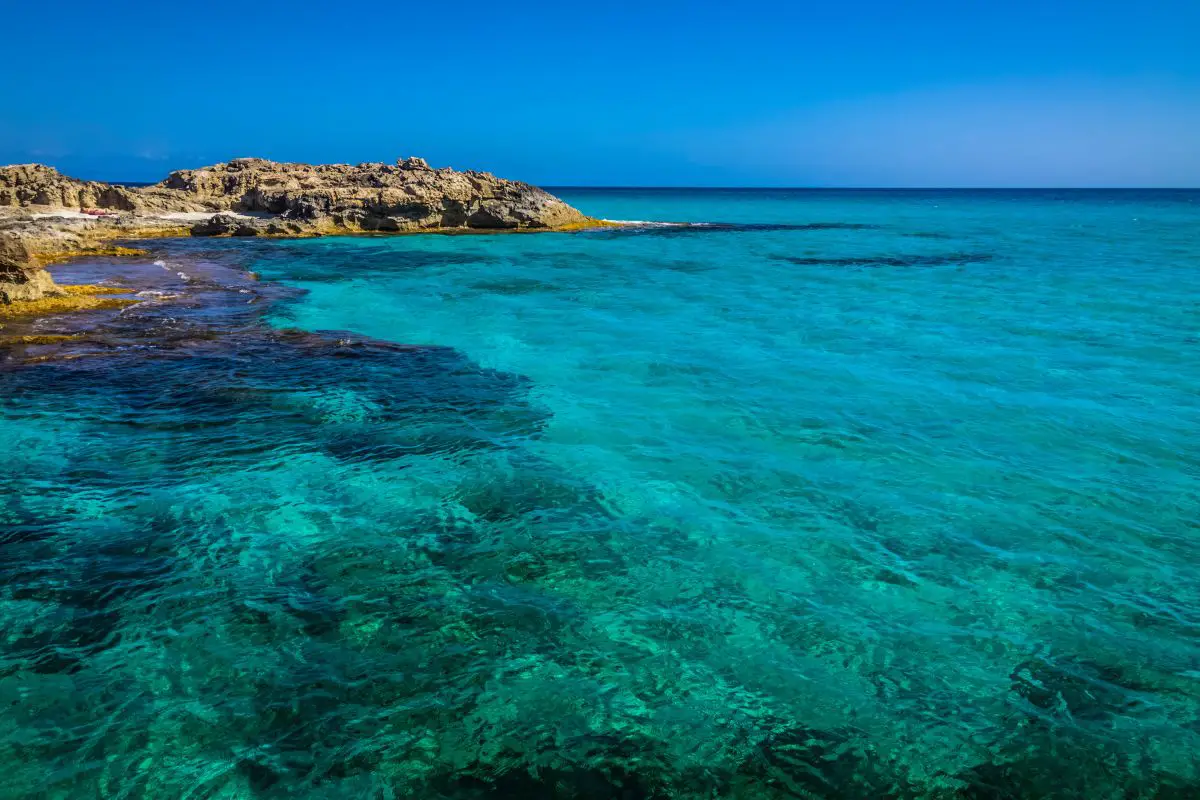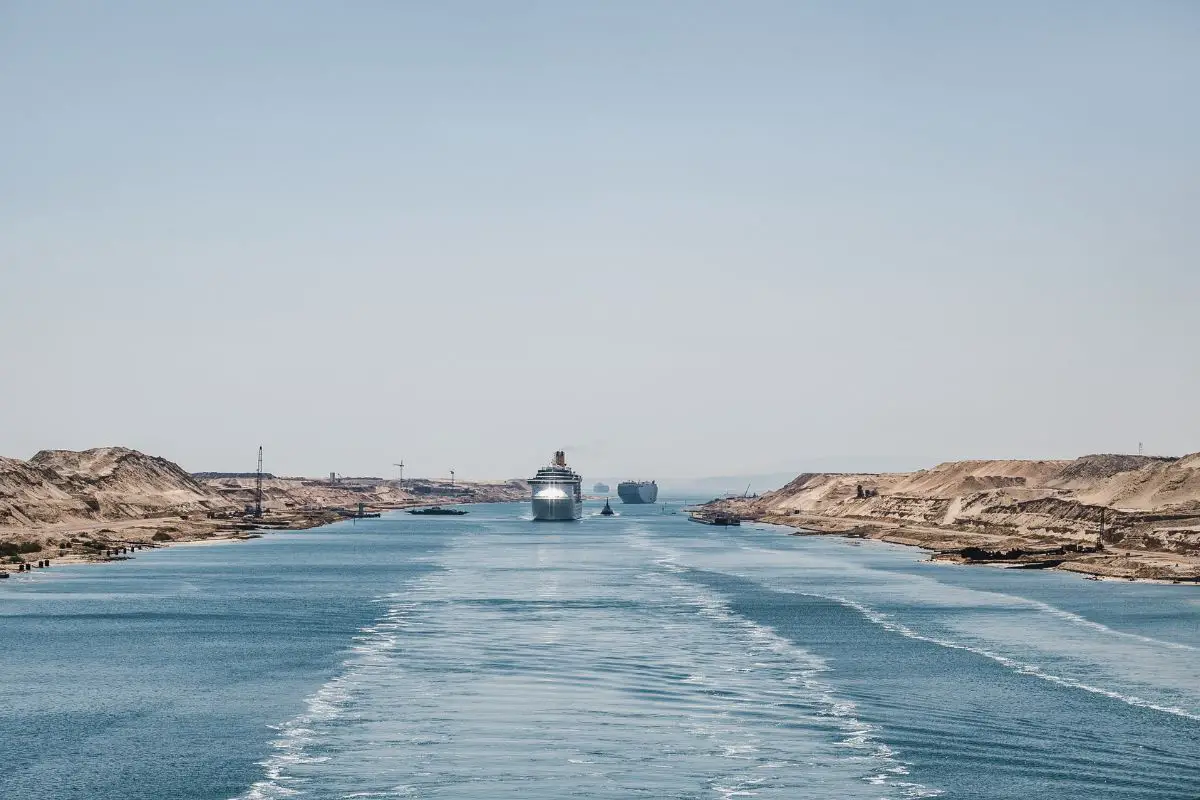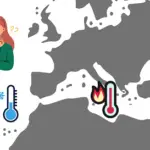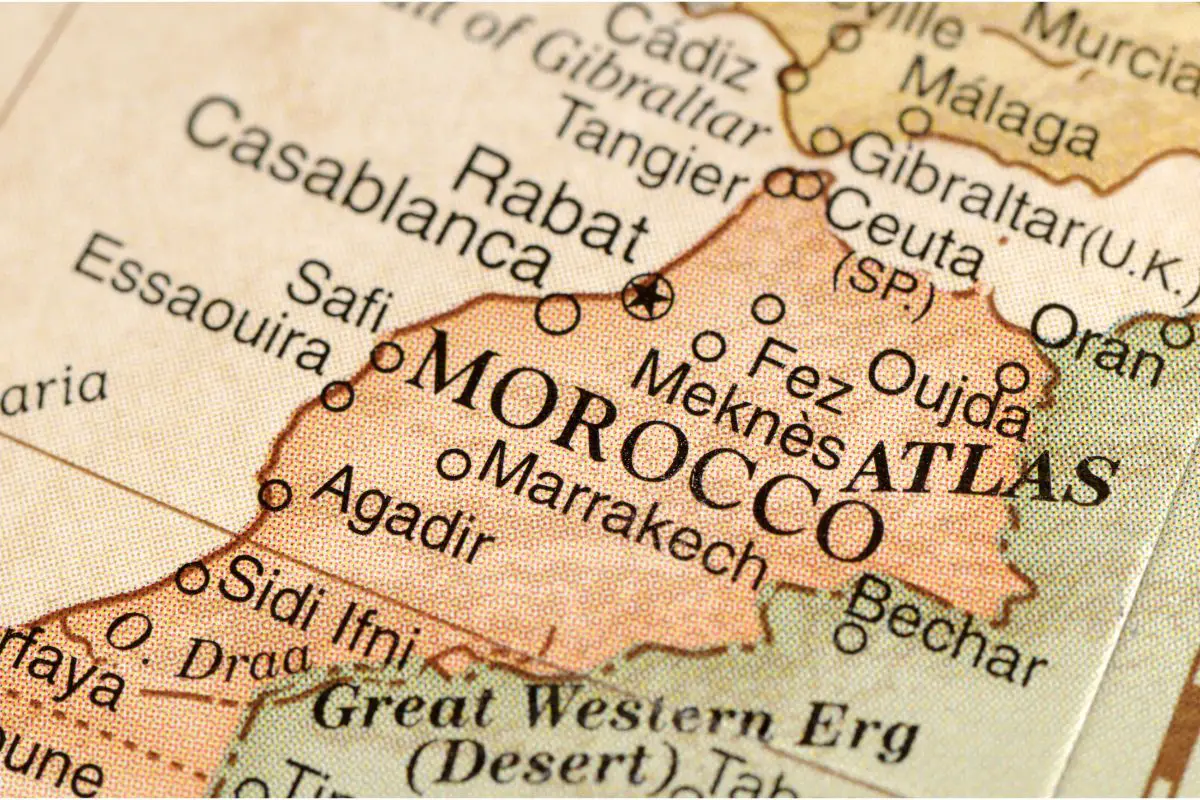The Mediterranean Sea is one of the most well-known seas on the planet, bordering both European and African countries.

At the same time, it connects to the Atlantic Ocean through the Strait of Gibraltar.
However, it is also connected to the Red Sea, which connects to the Indian Ocean, but how are the Red Sea and the Mediterranean Sea connected to one another?
The answer is a simple one. The Red Sea connects to the Mediterranean Sea thanks to the Suez Canal, built in the 1860s.
Before that happened, there was no natural connection between the two seas, and instead, ships would have to sail all around the southern tip of Africa to get to the Mediterranean.
Where Is The Red Sea?
The Red Sea isn’t a vast sea, being an inlet of the Indian Ocean between the continents of Africa and Asia.
The Red Sea is bordered by Egypt on both the Northern and Western shores, with Israel and Jordan also to the North and Sudan and Eritrea also West.
However, you can also find Eritrea with Djibouti on the Southern coast. Then, you can find both Saudi Arabia and Yemen to the East.
While the Red Sea isn’t known for its size, it is known for its diverse and rich ecosystem.
Due to the vast amount of wildlife in the area, it has become a hotspot for divers.
The biodiversity is thanks to the coral reef extending along its coastline for centuries.
Where Is The Mediterranean Sea?
The Mediterranean Sea is one of the seas connected to the Atlantic Ocean, between Europe, Asia, and Africa.
These continents can all be found in the Mediterranean’s Northern, Eastern, and Southern borders.
Much of the Mediterranean Sea’s wildlife and ecosystem came from the Atlantic Ocean, with much of the marine life unaccustomed to the warmer Mediterranean.
However, there has also been an increase of invasive species in their ecosystem due to the Suez Canal.
With how the canal is positioned, the water pours into the Mediterranean.
Now, the plants and animals have started colonizing the area from the Red Sea.
What Is The Suez Canal?
The Suez Canal connects the Mediterranean Sea and the Red Sea. The history of the Suez Canal is an interesting one.
In 1854, the French consul to Cairo: Ferdinand de Lesseps, secured an agreement to build a canal 100 miles across the Isthmus of Suez.
The Isthmus of Suez is a land bridge between the Mediterranean and the Red Sea.
The Suez Canal was built to the west of it, and beneath it is the Suez Rift.
Officially, it’s located in Egypt, and it’s known for having some significant historical and strategic values.
Because of this, it was chosen to be where the Suez Canal was built.
Construction of the Suez Canal began in 1859 and lasted until 1869, when it opened in November of that year.
Since then, the Suez Canal has been a significant route for ships traveling from Asia and the Middle East to Europe.
Why Is The Suez Canal Important?

Since 1869, the Suez Canal has grown to the point where it can be modified to be deeper or wider.
It’s the widest canal in the world, especially with no locks. Because of that, ships can easily navigate through at any point.
It even has a Vessel Traffic Management System to ensure anyone that goes through is followed for their safety.
With this help, there are almost no accidents on the Suez Canal.
Many countries have fought over the ownership of the Suez Canal since it was first built.
That’s because it plays a vital role in international shipping, as it only takes between thirteen and fifteen hours to travel through it.
You would be surprised at how much cargo needs to get through the Suez Canal and how bad if nothing can get through.
What If The Suez Canal Gets Blocked?
Back in 2021, there was an incident where Ever Given, one of the largest container ships in the world, got stuck in the Suez Canal.
Due to the sudden strong winds, the Ever Given lost the ability to steer and ended up getting stuck and blocking the Canal.
The bow was wedged on one bank, and the stern almost touched the other side.
With Ever Given stuck, no one could get through the Suez Canal for six days.
Instead, they had to take other routes to get their cargo delivered.
The blockage of the Suez Canal messed with the international supply chain and delayed numerous shipments, including those intended to travel through the Canal around the same time.
The Suez Canal grounding was a major event that hit international news, and it had numerous memes made about it on the internet.
However, with the help of tugboats and excavators, Ever Given was finally freed from the Canal after six days.
The ship owners had to pay over $900 million to the Egyptian government for damages.
So as you can see, if the Suez Canal gets stuck, international trade is impacted greatly.
Luckily, accidents like that happen incredibly rarely, and it’s unlikely to happen again soon.
Final Thoughts
The Red Sea would not be connected to the Mediterranean Sea if it wasn’t for the Suez Canal being built in 1869.
Since then, it’s been easier to travel between Europe, Asia, and the Middle East.
It’s become a vital trade route between these continents, and if it’s blocked, there are catastrophic results.
Before the Suez Canal was built, ships had to sail around the southernmost points of Africa to get to the Mediterranean.
However, now you only need to go through the Canal, which takes a little over half a day to get through.
However, more invasive wildlife are coming through the Mediterranean from the Red Sea because of the Suez Canal.
Overall, there was no natural route to connect either of these Seas before the Canal was built.
- The Top Restaurants Specializing in Truffle Dishes - August 10, 2023
- Truffle Panna Cotta: A Decadent Dessert Recipe for Truffle Lovers - August 7, 2023
- Truffle Scrambled Eggs: A Luxurious Breakfast Delight - August 7, 2023








